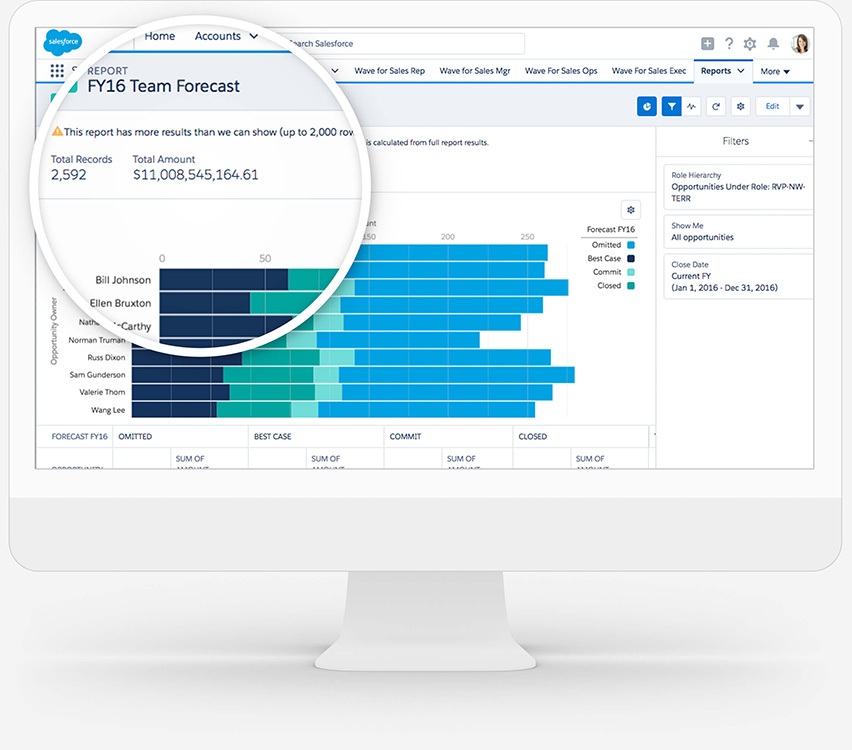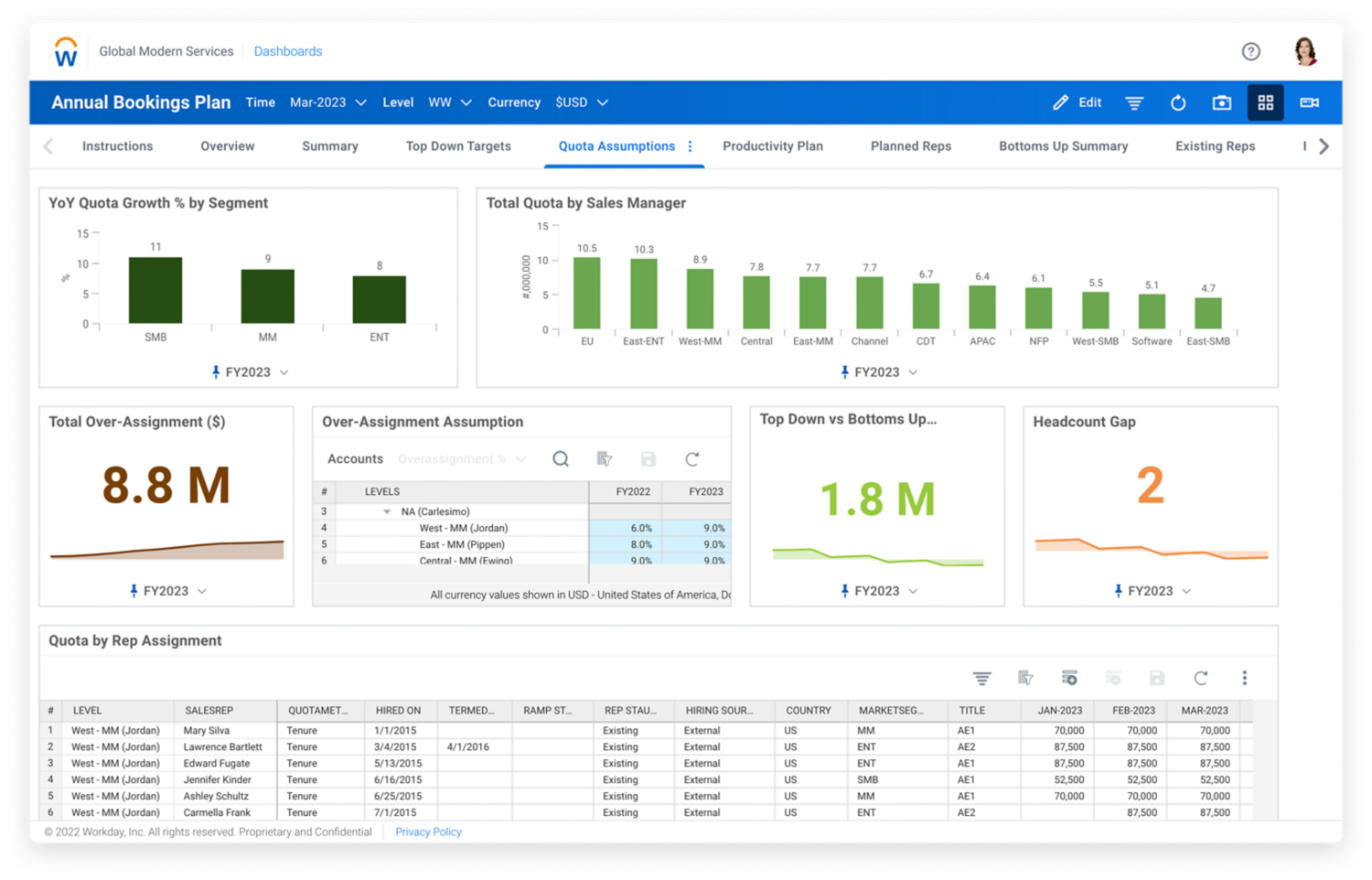Sales Quota: Boost Performance & Achieve Goals [Guide]
Are your sales quotas driving performance or deflating morale? Setting effective sales quotas is paramount to achieving ambitious revenue goals and motivating your sales team.
In the dynamic world of sales, the ability to adapt and evolve is not just an advantage, it's a necessity. The modern business landscape is characterized by constant change market shifts, evolving customer needs, and unforeseen economic events. In this environment, rigid, unchanging sales strategies are a recipe for stagnation. Smart organizations understand that their sales plans, and particularly their approach to sales quota management, must be fluid and responsive. This means having the tools and processes in place to adjust plans as goals and assumptions inevitably change.
| Aspect | Details |
|---|---|
| Definition | A predetermined performance target assigned to a sales representative or team, typically measured over a specific period (e.g., monthly, quarterly, annually). |
| Purpose | To motivate sales teams, measure performance, incentivize high achievement, and align individual efforts with overall company revenue goals. |
| Types |
|
| Factors to Consider When Setting Quotas |
|
| Importance of Realistic Quotas |
|
| Consequences of Unrealistic Quotas |
|
| Tools and Technologies for Sales Quota Management |
|
| Best Practices for Sales Quota Management |
|
Imagine a scenario where an unexpected market shift occurs, such as a new competitor entering the market or a sudden change in consumer demand. If your sales quotas are set in stone, your sales team will be struggling to meet unrealistic targets, leading to frustration, decreased morale, and ultimately, a negative impact on revenue. However, with the right tools and strategies, you can proactively adjust quotas to reflect the new reality. This might involve lowering quotas in certain territories, shifting focus to different product lines, or implementing new sales strategies to counter the competition.
- Kannada Movies Online Watch Free Vs Legal Streaming Guide
- Bethany Espinoza Texas Attorney Family Law More Updated
One of the key benefits of modern sales planning software is the ability to visualize the impact of quota assumptions in real-time. Instead of relying on guesswork or outdated spreadsheets, sales leaders can use these tools to model different scenarios and understand how quota adjustments will affect overall sales performance. For instance, you can quickly see how a 10% increase in quotas in a particular region would impact revenue, or how a shift in focus to a new product line would affect sales compensation. This allows for more informed decision-making and helps to avoid unintended consequences.
The ability to easily adjust quotas is particularly important during times of unexpected market shifts or changes in corporate objectives. For example, if your company decides to enter a new market, you may need to adjust quotas to reflect the different dynamics of that market. Similarly, if your company launches a new product, you may need to adjust quotas to incentivize sales reps to focus on selling that product. The right sales quota management software will allow you to make these adjustments quickly and easily, ensuring that your sales team is always aligned with the company's strategic goals.
Ultimately, effective sales quota management is about more than just setting targets. It's about creating a sales environment that is both challenging and supportive, where sales reps are motivated to achieve their goals and are provided with the resources and support they need to succeed. By embracing a flexible and data-driven approach to sales quota management, you can empower your sales team to achieve their full potential and drive sustainable revenue growth for your organization. To ensure that sales planning and execution work in tandem, businesses are using sales planning software which enable organizations to intelligently structure sales plans, such as territory management, quota allocation, and capacity management, to ensure sufficient resources are provided to effectively execute sales goals.
- Ximena Saenz Leaks The Privacy Scandal Ethical Debate
- Find Kannada Movies 2025 New Releases Where To Watch
The integration of sales and revenue teams is crucial for optimizing performance and capitalizing on market opportunities. In today's fast-paced business environment, these teams need to be agile and responsive, capable of dynamically adjusting territories, setting fair quotas, and aligning sales goals with evolving market conditions. This adaptability is essential for improving efficiency and driving sustainable revenue growth. Software solutions play a vital role in enabling this integration and agility, providing the tools necessary to streamline processes and enhance decision-making.
Sales forecasting software is a cornerstone of effective sales operations, empowering teams to accurately predict future performance by leveraging historical data and current performance indicators. These insights are invaluable for a variety of critical functions, including resource allocation, identifying weaknesses in the sales process, improving budget management, and mitigating potential risks. By analyzing past trends and current performance, sales leaders can make informed decisions that optimize resource utilization and drive revenue growth.
Furthermore, understanding the intricacies of commission structures is essential for motivating sales teams and aligning their efforts with company objectives. Exploring the latest reviews of revenue operations and intelligence software providers for commissions can provide valuable insights into the tools and strategies available for optimizing commission plans and incentivizing high performance. These platforms offer features such as commission tracking, sales compensation management, and performance analytics, enabling businesses to design and implement effective commission structures that drive desired behaviors and outcomes.
The challenges of enterprise sales are well-documented, requiring a strategic and coordinated approach to navigate complex deals and engage with multiple stakeholders. Enterprise sales software plays a critical role in streamlining these processes, providing tools for managing leads, tracking opportunities, and collaborating across teams. These solutions enable sales professionals to effectively manage the sales cycle, from initial contact to deal closure, ensuring that no opportunity is missed and that all stakeholders are aligned. The importance of enterprise sales software cannot be overstated, as it provides the foundation for driving revenue growth and achieving long-term success in the competitive enterprise market.
To effectively manage sales performance, understanding the relationship between sales quotas, base salaries, variable pay, and On-Target Earnings (OTE) is essential. Consider a software sales representative with an OTE of $120,000, consisting of a base salary of $60,000 and a variable pay component. In this scenario, the sales quota represents the target that the sales representative must achieve to earn their full variable pay. By carefully calibrating the sales quota and the corresponding compensation structure, businesses can incentivize high performance and align individual efforts with overall revenue goals.
Sales quota management software offers a comprehensive solution for setting, tracking, and achieving ambitious revenue goals. These platforms provide features such as quota allocation, performance monitoring, and incentive management, enabling businesses to create a structured and transparent environment that motivates sales teams and drives results. By leveraging the capabilities of sales quota management software, businesses can ensure that their sales teams are not only setting ambitious targets but also consistently achieving them, contributing to sustainable revenue growth and long-term success. Create realistic sales quotas with SaaS financial software. Realistic sales quotas need to marry historical sales performance and future potential.
SaaS financial platforms like Mosaic give sales leaders the tools to create a structured and analytical approach to the task, like financial dashboards and personalized data analytics. For the sake of this example, we will focus on setting a sales quota on revenue since it is the most common, and one every team will have, however this same process can be applied to any of the aforementioned sales quota types, even activity quotas.
With sales performance management software, managers can distribute and establish quotas while still keeping an eye on the overall state of the quota management process. Setting quotas shouldn't come from a select team of individuals. It should be a collaborative effort involving sales leaders, finance professionals, and sales representatives, ensuring that the quotas are both challenging and achievable. This collaborative approach fosters transparency and buy-in, increasing the likelihood of success.
A sales quota is a minimum performance standard that must be hit by an employee over a period of time. It can be in the form of activity such as calls placed, proposals generated, or emails sent each day. You can also use sales production minimums such as generating a certain number of revenue dollars or deals in a quarter. According to a recent industry report, the data was pulled from RepVue, revealing that only a small percentage of organizations (approximately 14 out of 600) have a quota attainment rate of at least 75%. This statistic underscores the challenge of setting realistic and achievable quotas, and it highlights the importance of continuous monitoring and adjustment to ensure that sales teams are motivated and on track to meet their goals.
The fact that some believe the entire sales organization should be hitting or nearing 100% attainment raises questions about the realism of some quota-setting practices. A software company sets a sales quota of $100,000 in new license sales per quarter for each rep. A sales quota is a goal set for each sales representative to achieve within a given period usually a month or a quarter. Typically, achieving a sales quota results in a reward thats part of the sales rep's compensation package. Sales quotas are also sometimes referred to as "sales targets" or "sales goals."
If your sales reps average $75k per month in sales, then its time to either increase quota or pay them more! To establish realistic and effective quotas, analyze key sales performance metrics. This includes gross sales, conversion rates, total units sold, average deal size, and sales cycle length. The typical split between base salary and commission in tech sales is 50/50 or 60/40. A sales quota is an objective an individual sales rep or team is intended to achieve within a set period. The amount of quota attainment influences the commission rate of variable pay for a given deal. For instance, the closer a salesperson is to achieving their sales quota, the higher their commission rate might be.
To improve sales performance and efficiency, businesses are turning to various software solutions, including HubSpot's free quote software, which helps sales representatives close deals faster by streamlining the quoting process. Sales quota management refers to the process of setting, tracking, and achieving specific sales goals for certain periods of time. It is a critical part of sales management and can be used to motivate sales reps, boost and measure performance, and reward sellers who reach their goals. Various software solutions are available to support sales quota management, including TimeTrade sales scheduling software, which optimizes appointment scheduling and improves sales productivity.
- Kannada Movies 2024 Highest Grossing Films Box Office Report
- Movierulz 2025 Watch Telugu Movies Online Free Guide Review

Sales Forecasting Software & Sales Quota Tools Salesforce

Sales Quota Management Software Workday US

Create Sales Quotations Faster Quotationer Sales Quotation Software